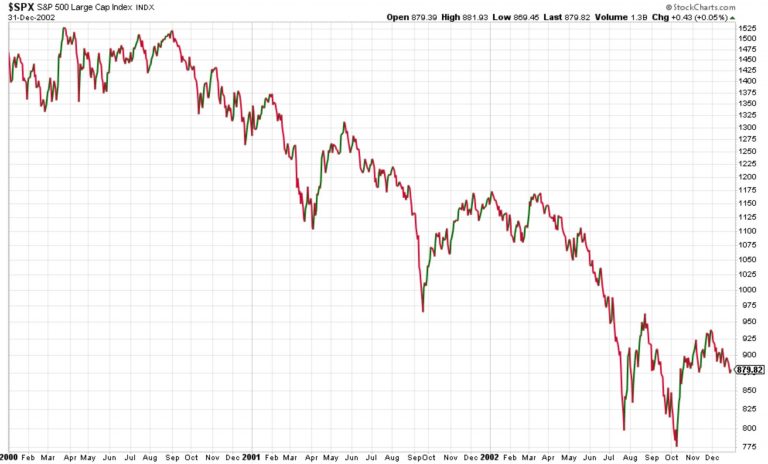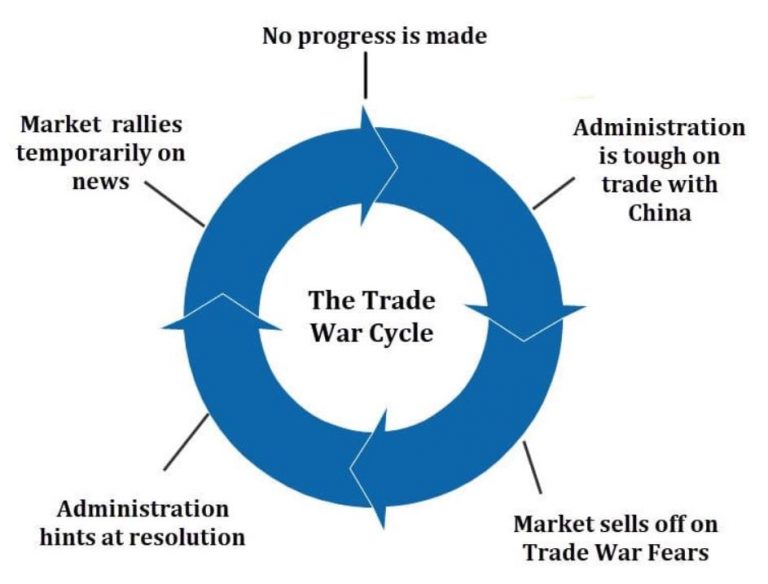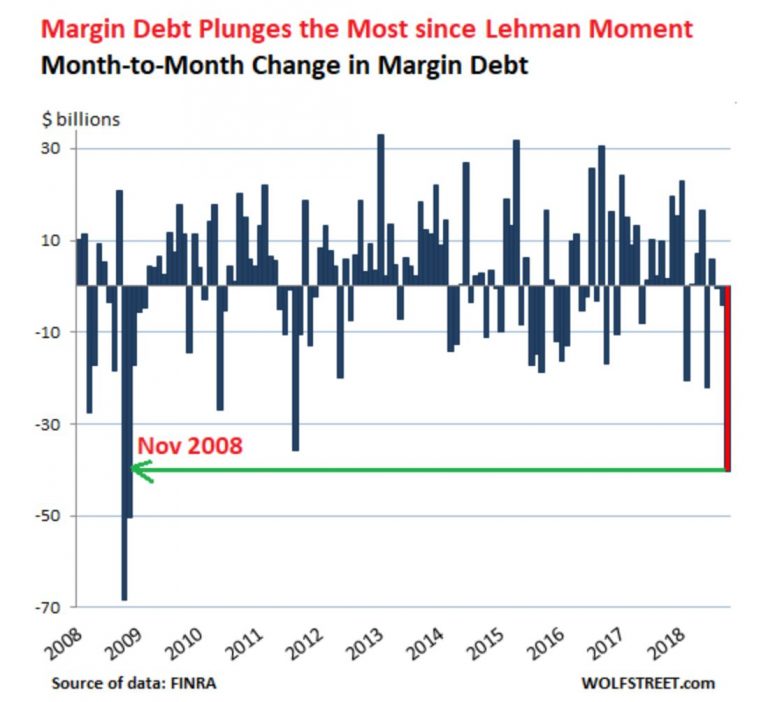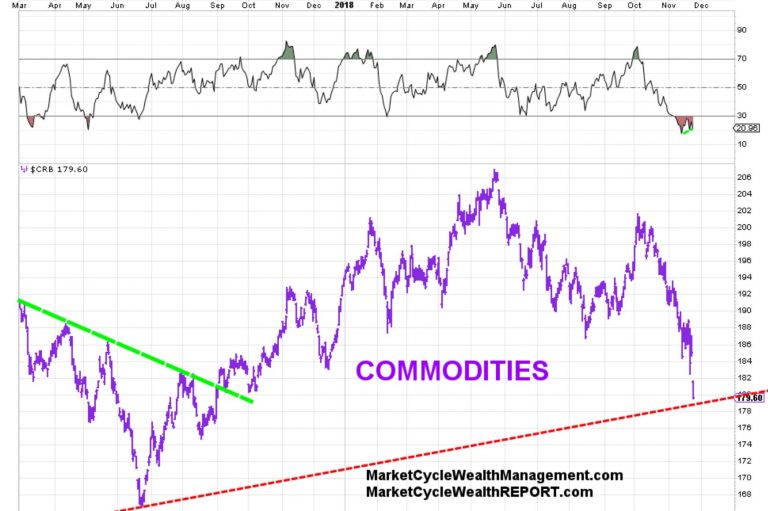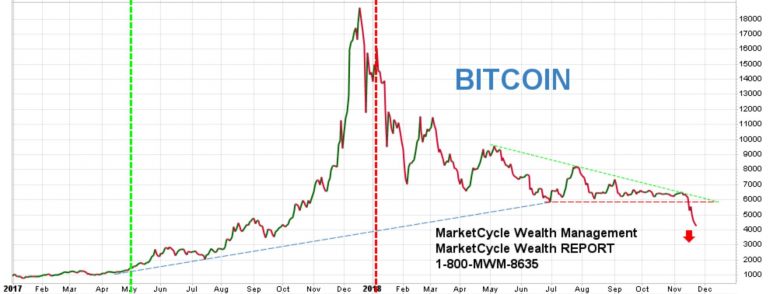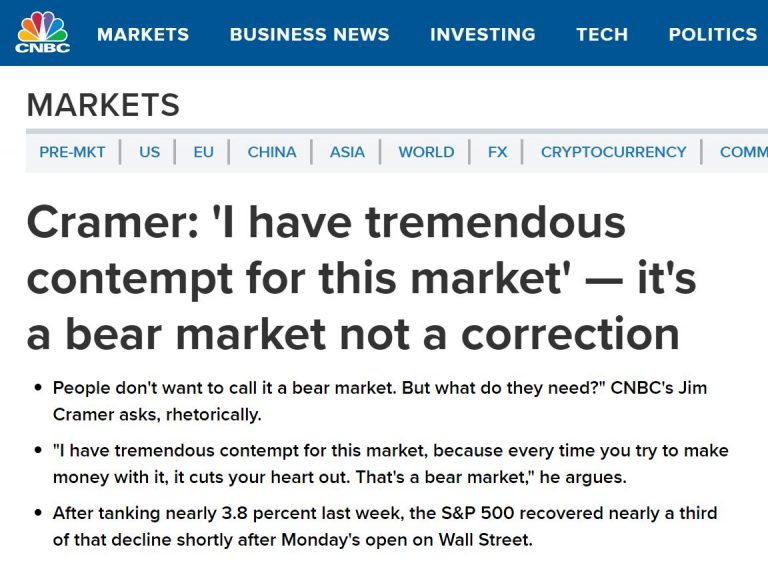How do you escape a bear? It’s simple. Bears generally live in hilly areas. A bear can out-run you if you sprint either up or down a hill in an attempt to escape it. It would be instinctive to run either up or down to get away, but you’d lose. So, how do you actually escape a bear? You run sideways across the hill, not on a leveled trail, but on actual unlevel terrain. Bears cannot keep up. Their four legged thick body prevents them from running across unlevel terrain where one pair of their legs is higher than the other. It’s true. It’s simple.
Q3 hedge fund letters, conference, scoops etc
In the financial markets, a “bear market” is a stock market that has had a drawdown of 20% (a “pullback” is 5% and a “correction” is 10%). A bear market is a naturally occurring event that generally happens at least once every three years. If it is combined with a concurrently weak economy, also known as an “economic recession” (as in 2000-2003 or 2007-2009), then the drop may extend to 33-50%+ losses. As I always say, markets zig-zag on their way up. In a BULL market, the gains equal more than the occasional losses as the market moves higher over time. In a BEAR market, the reverse. Bear markets also zig-zag and the (usually two) periods of temporary stock market gains that occur in the middle of the bear market are so strong that one incorrectly and repeatedly feels that the bear market is over.
The 2000 to 2003 bear market was classic… two big periods of gains in the middle of an otherwise multi-year falling market. The third leg down was the worst as margin (brokerage loans) was called back. It ended with a retest of the bottom in late 2002. Total stock market losses were greater than 55% for the S&P-500 and much more for other stock indexes.
So, how do you escape a bear market? It’s simple. The periods of temporary gain in a bear market are so strong that shorting the market is sometimes like running downhill to escape a bear… it doesn’t always work out as expected. “Shorting” is when you are placing your bet that the market will go down rather than up… just go down… only go down… and when it temporarily goes up, you can lose much of your gains. One can hold some short positions in a bear market, but it is generally impossible to totally outrun the bear. So, in my opinion, in order to REALLY escape the bear market, one must also temporarily incorporate (30+ year, low risk) extended-duration U.S. Treasury Bonds into one’s portfolio. This is really the equivalent to running sideways across unlevel terrain. In the end you win since extended-duration Treasuries, over the complete bear market cycle, can gain up to twice what the stock market loses.
So, Treasuries more easily move across the unlevel terrain. They can out-maneuver the bear. Even during the temporary up periods within the confines of a bear market, these Treasuries can make money since investors still desire to hold them. Investors want Treasuries even when stocks are rallying because Treasuries “feel safe.” Their slightly sideways run ultimately ends up in safety and security AND profits. Plus, they pay interest… insurance that pays you money.
Bear market? It’s simple. One can short the market or hold certain types of “options” or even gold or possibly certain safer sectors of the economy such as “consumer staples,” but one should definitely also hold extended-duration U.S. Treasury Bonds during the entirety of the bear because they can out-maneuver the beast across the unlevel terrain of a bear market.
MARKET UPDATE: Despite a difficult 2018 so far, we are still in a bull market for U.S. stocks. The rest of the globe is fairly weak as Trump’s tariffs continue to hit them. Calculated U.S. recession chances two months out is @ 1.5%… so it just ain’t gonna’ happen. Market internals remain strong. Leading economic indicators remain strong. Dow Theory is bullish. Relative Strength Analysis indicates that U.S. stocks are still the strongest asset. U.S. earnings are still growing and are strong relative to history. The inflation level has already let off its pent up steam (which will take the pressure off of the Federal Reserve). The U.S. stock market is not over-valued. We are entering the seasonally strong period for stocks (December to April) and as I recently wrote to clients, we have likely already seen the bottom (in either February or October of 2018).
The only things showing stress are those indicators and events, such as home construction and lumber prices, that begin to show weakness at around two years before any recessionary stock bear market walks onto our path. Homebuilders have dropped 28% since I first predicted their impending fall one year ago; they still have much further to fall. In my opinion, home prices are only now starting their multi-year price drop (but it won’t be as bad as during 2007-2009).
TRADE WAR?
So, what is the cause of our difficult 2018? Frankly, and half of the readers of this blog will not want to hear this, but I’d have to lay the cause directly at the feet of Donald Trump as his chaotic Trade War creates continued confusion. It will ultimately be a benefit to get China to play fair, but the threatening way that President Trump is going about it is messy and confusing. The stock market does hate uncertainty. Regardless, the current volatile and sideways market won’t last… day traders and programmed traders should soon tire of their continual activity.
The chart below shows the S&P-500 for 2018… volatile and sideways compaction as it forms a base for another likely rocket move higher. This horizontal green line is the line that must hold… and, in my opinion, it likely will.
“Margin” is money that is borrowed from a brokerage house and it is used for investing. Interest is charged on the loaned money and the brokerage can make you sell your positions at any time so that they can call their money back. Investors hope to make more money in profits than the interest costs them. They really do not want the borrowed money to be called back by the brokerage because it then forces them to sell and to lock in their correction losses. Excessive margin levels are always bad; it indicates too much euphoria. Well, margin has recently been called back. This is very positive for the markets going forward since it usually indicates that conditions were so scary that even the brokerage houses panicked. Historically, this indicates that a bottom is in and that the market is about to move higher (5% in December wouldn’t surprise me). Personally, I don’t see what the big deal was with the recent correction… 10% drops are a normal part of investing and they are, 100% of the time, temporary and passing phenomenon.
Commodities are currently oversold and may have bottomed at the same time as stocks, with a possible bounce back up off of their trend-line. I drew the red-dashed trend-line several years ago and extended it into the future. Traders seem to have found the same line in the sand as it has, since originally posting this chart, bounced off of the line and moved higher right along with stocks:
And in the “I told you so” category… as I wrote almost 12 months ago… BITCOIN IS GOING DOWN! It is now down >80% from the date of my first blog comment. (Chart shown as of Thanksgiving Day, 11/22/2018). MarketCycle’s buy signal (green vertical line) and sell signal (red vertical line) are shown. We couldn’t exploit this because the SEC & FINRA regulatory bodies did not allow the trading of Bitcoin by Registered Investment Advisories like MarketCycle… and for obvious reasons!
As I reached to click the “publish” button for this blog, I saw the below story on CNBC. Nothing… nothing makes me more bullish on U.S. stocks than this:
Thank you for reading!
Article by Stephen Aust, MarketCycle Wealth Management

